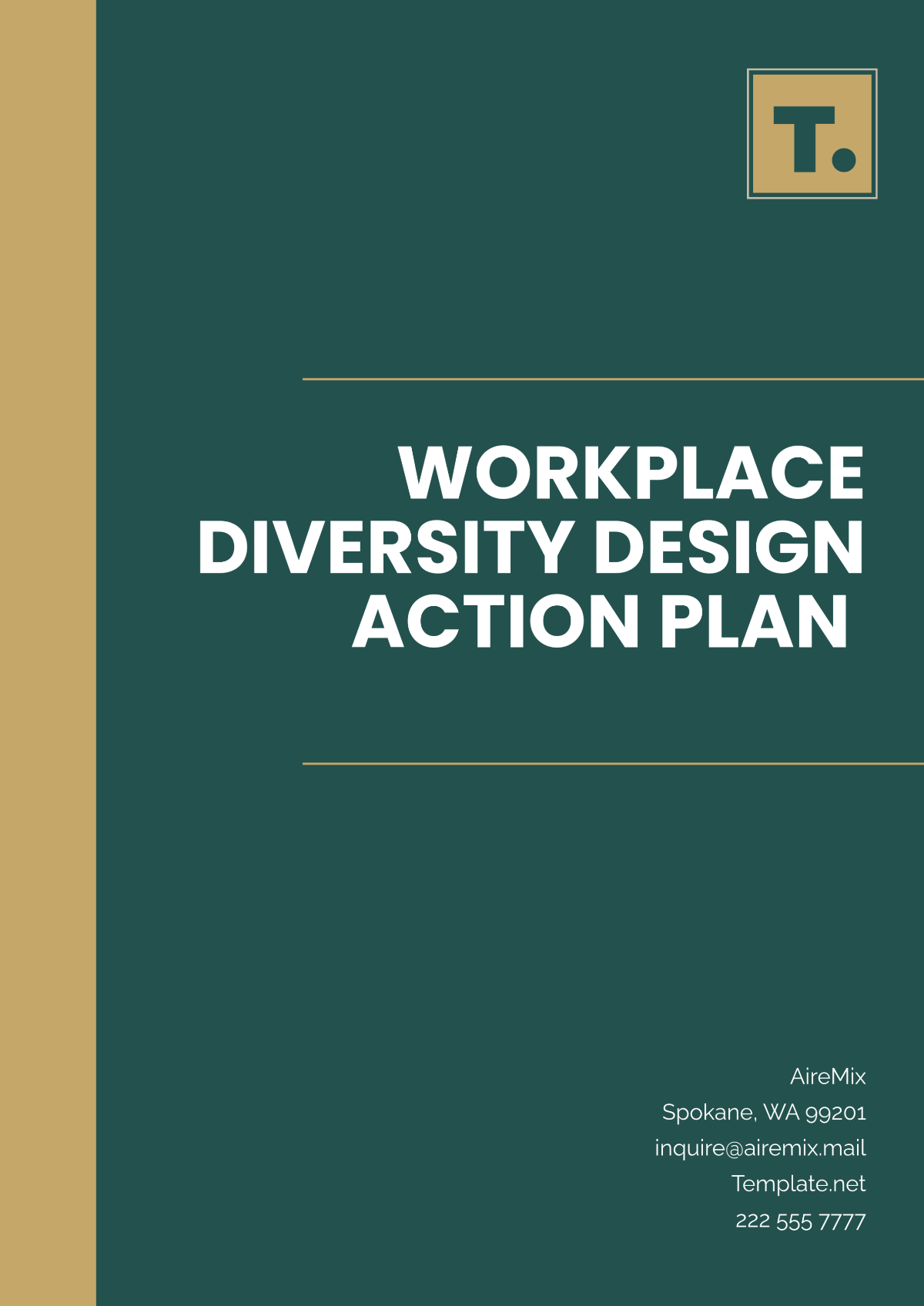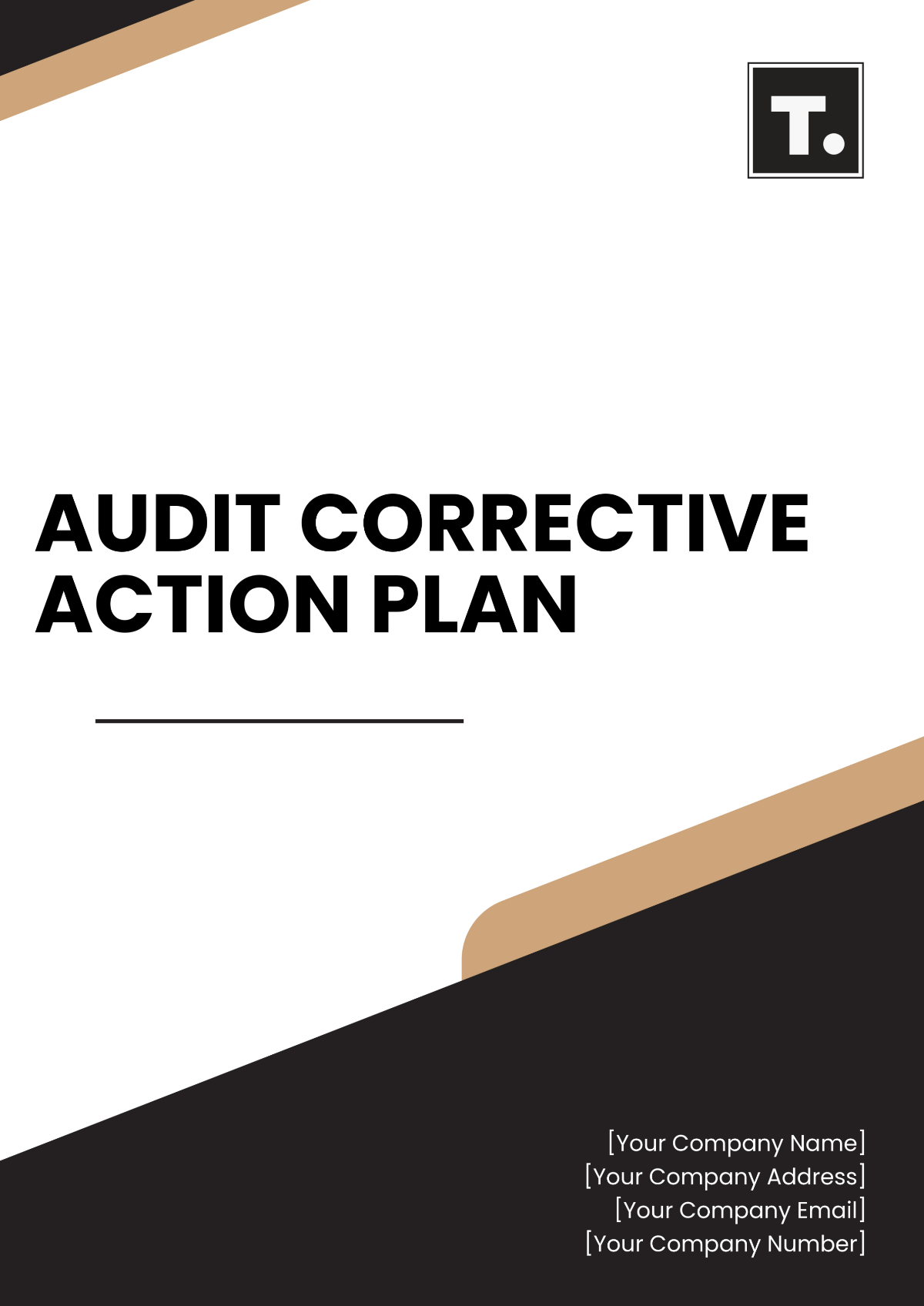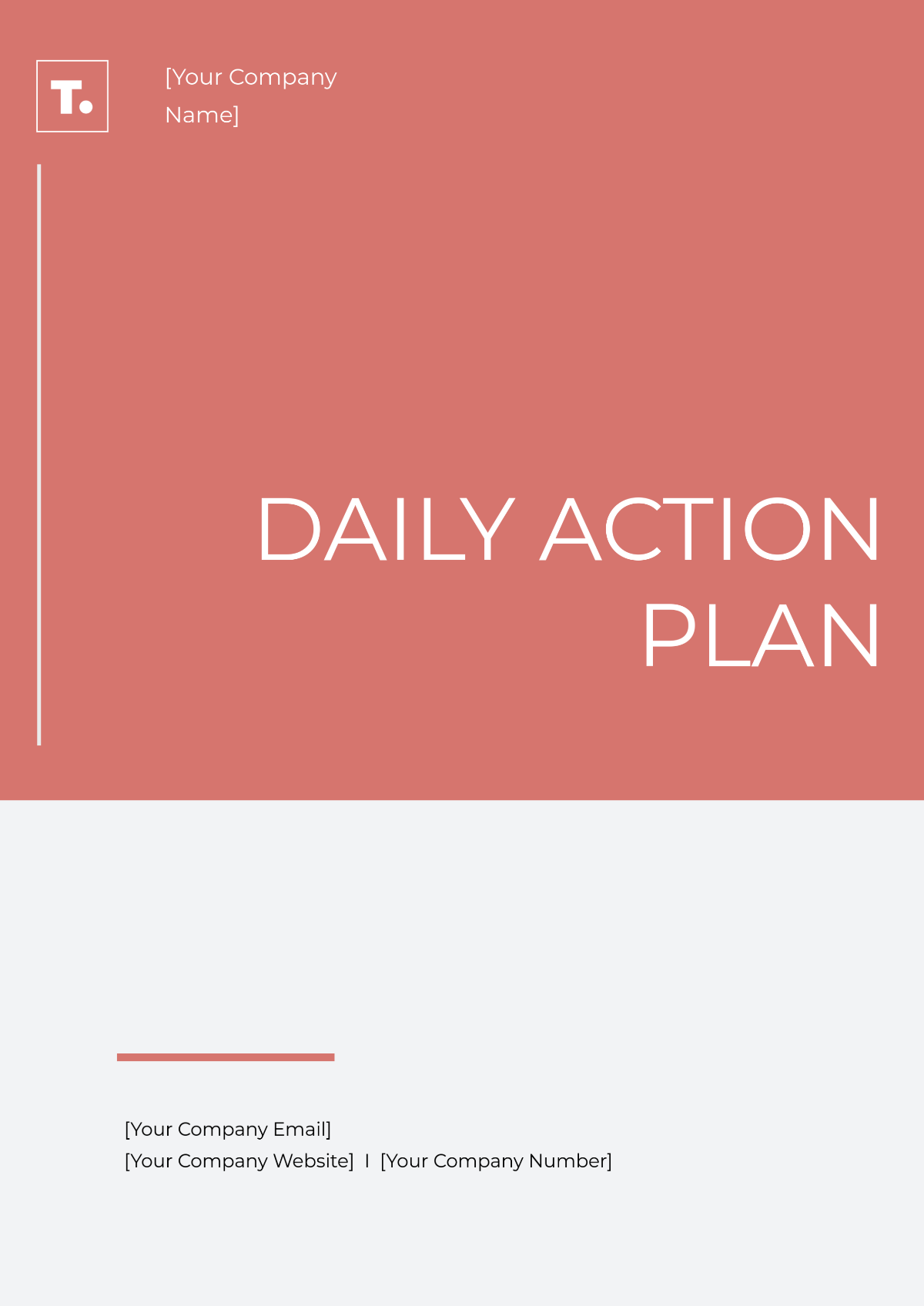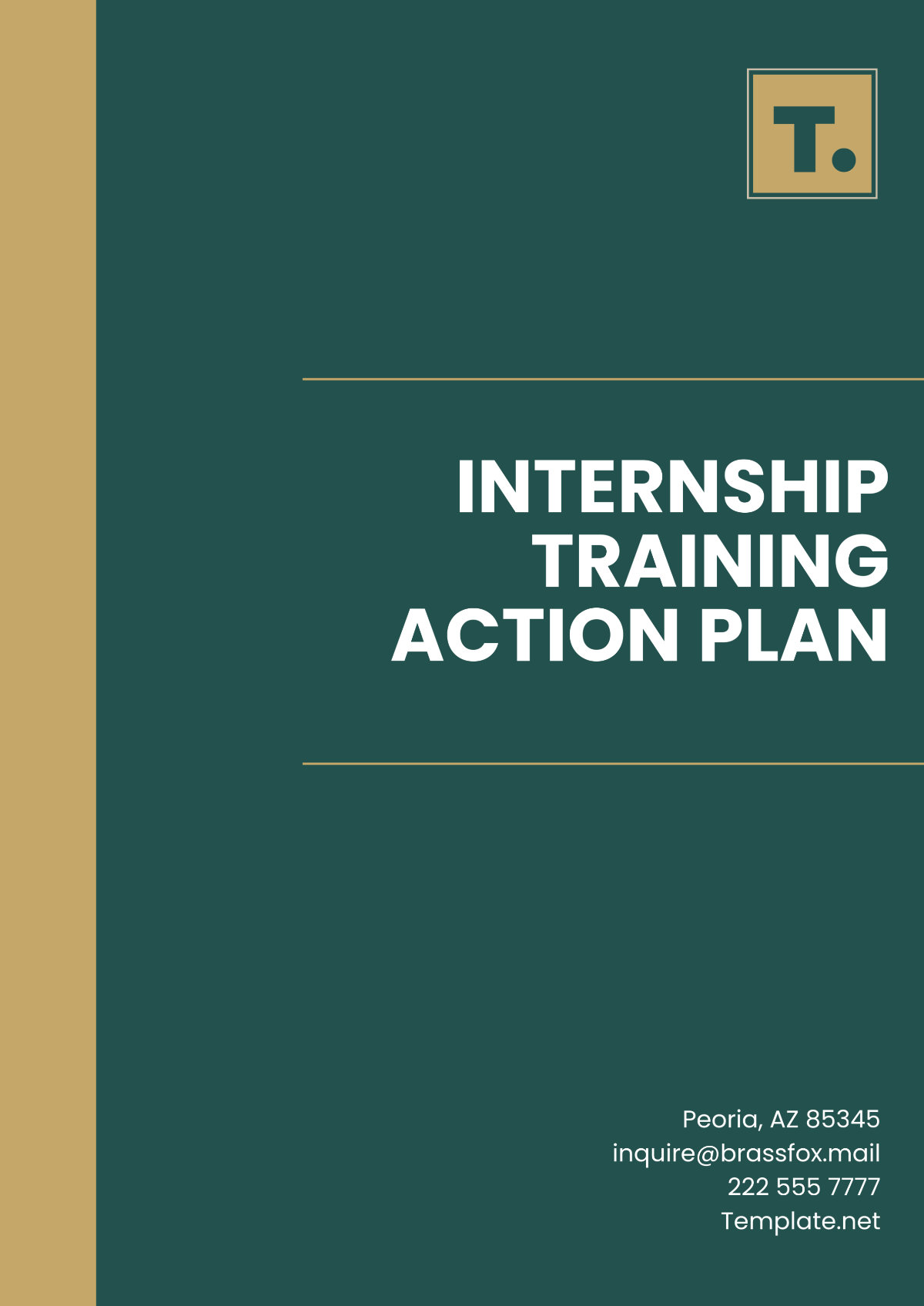Free Corrective Action Plan Template
Corrective Action Plan
I. Introduction
This Corrective Action Plan (CAP) aims to address and rectify quality control issues identified in the manufacturing processes at [YOUR COMPANY NAME]. The goal is to enhance product quality, reduce defects, and ensure compliance with quality standards and customer expectations.
II. Issue Identification
A thorough analysis has revealed the following quality control issues:
High defect rates in [PRODUCT NAME] due to inconsistencies in material composition and manufacturing processes.
Inconsistencies in the painting process lead to variations in color and finish, affecting product aesthetics and durability.
Customer complaints regarding product durability, particularly about the integrity of welds and assembly.
III. Root Cause Analysis
To effectively address the identified issues, it is imperative to determine their root causes. The root cause analysis reveals:
Insufficient training of staff members responsible for the painting process, resulting in improper application techniques and inadequate surface preparation.
Equipment malfunction, such as nozzle clogging and pressure fluctuations, leads to defects in [PRODUCT NAME].
Inadequate quality control measures in place for the assembly stage, including a lack of standardized inspection procedures and insufficient training on defect detection.
IV. Action Plan
A. Training Enhancement
Conduct specialized training sessions for employees involved in the painting process, focusing on proper surface preparation, paint application techniques, and quality inspection criteria.
Implement refresher courses to ensure understanding of updated quality standards and procedures.
Assign mentors to new employees to facilitate knowledge transfer and skill development in all relevant manufacturing processes.
B. Equipment Maintenance and Upgrades
Schedule monthly maintenance checks for machinery involved in [PRODUCT NAME] production, including thorough cleaning, calibration, and replacement of worn-out parts.
Invest in upgrades or replacements for outdated equipment contributing to defects, such as automated paint spraying systems with advanced control features.
Implement preventive maintenance schedules to minimize downtime and ensure optimal performance, with designated personnel responsible for routine checks and repairs.
C. Quality Control Measures
Review and revise existing quality control protocols for the assembly stage, incorporating standardized inspection checkpoints and clear criteria for defect classification.
Introduce additional inspection checkpoints at critical stages of the assembly process to identify defects early and prevent their propagation.
Implement quality assurance software or tools to automate data collection and analysis, enabling real-time monitoring of quality metrics and proactive identification of deviations.
V. Timeline and Responsibility
A. Training Enhancement
Action Item | Timeline | Responsibility |
|---|---|---|
Conduct training sessions | Jan 15, 2050 - Jan 31, 2050 | Training Coordinator |
Refresher courses | Feb 1, 2050 - Feb 15, 2050 | Training Manager |
Mentorship program | Ongoing | HR Department |
B. Equipment Maintenance and Upgrades
Action Item | Timeline | Responsibility |
|---|---|---|
Monthly maintenance checks | Ongoing | Maintenance Supervisor |
Equipment upgrades | Mar 1, 2050 - Mar 31, 2050 | Procurement Manager |
Preventive maintenance schedules | Implemented by Feb 15, 2050 | Maintenance Team |
C. Quality Control Measures
Action Item | Timeline | Responsibility |
|---|---|---|
Review and revise protocols | Feb 15, 2050 - Feb 28, 2050 | Quality Assurance Manager |
Inspection checkpoints | Implemented by Mar 15, 2050 | Production Supervisor |
Quality assurance software | Apr 1, 2050 - Apr 30, 2050 | IT Department |
VI. Monitoring and Evaluation
Regular monitoring and evaluation will be conducted to track the effectiveness of the implemented corrective actions. Key performance indicators (KPIs) will include:
Reduction in defect rates.
Compliance with quality standards.
Customer satisfaction metrics.
VII. Communication Plan
Transparent communication channels will be established to keep all stakeholders informed about the progress of the corrective actions. This will include regular updates via:
Email notifications.
Meetings with relevant departments.
Reports shared on [YOUR COMPANY NAME]'s social media and website.
VIII. Conclusion
By implementing this Corrective Action Plan, [YOUR COMPANY NAME] aims to address quality control issues in manufacturing, enhance product quality, and ensure customer satisfaction. Continuous monitoring and improvement will be integral to sustaining these improvements over time.

















































